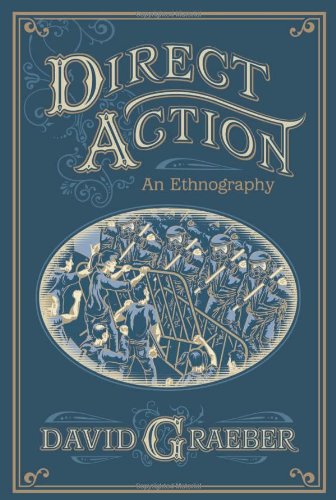From Values to Action: The Four Principles of Values-Based Leadership Review


Respected former CEO, professor, and speaker examines what it takes to become a values-based leaderIn this highly-anticipated book, Harry Kraemer argues that today's business environment demands values-based leaders who, in "doing the right thing," deliver outstanding and lasting results. The journey to becoming a values-based leader starts with self-reflection. He asks, "If you are not self-reflective, how can you know yourself? If you do not know yourself, how can you lead yourself? If you cannot lead yourself, how can you lead others?" Kraemer identifies self-reflection as the first of four principles that guide leaders to make choices that honor their values and candidly recounts how these principles helped him navigate some of the toughest challenges he faced in his career.
- Offers a framework for adopting the principles of values-based leadership?self-reflection, balance, true self-confidence, and genuine humility?to lead organizations effectively
- Based on Kraemer's popular Kellogg MBA course on values-based leadership
- A recognized expert in values-based leadership, Kraemer is a sought after speaker on the subject
Lively and engaging, Kraemer's book comes at a critical time when true leadership in every facet of society is desperately needed.
Q&A with Harry M. Jansen Kraemer, Jr.
Why did you write this book?
Values-based leadership has been the foundation of my leadership throughout my career. These values are rooted in the way I was raised and the lessons my parents taught me. Over the years, I have also mentored others in values-based leadership in order to increase their satisfaction and effectiveness, and to help them build a values-based team. Now, as a professor of management and strategy at Northwestern University’s Kellogg School of Management, I teach values-based leadership. My students have encouraged me to write a book, as did many others. For me spreading the word about values-based leadership—which is needed more than ever at this time—is a passion and a mission. With a perceived leadership deficit in many facets of society from business to government, values-based leadership can be a powerful solution to address the need for leadership that inspires, informs, and invites followership.
What makes someone a values-based leader?
Leaders influence others. Values-based leaders take it to the next level, using their words, actions, and example to inspire and motivate others to pursue what matters most. For the values-based leader, what matters most is the greater good—the positive change that can be effected in any organization or activity whether on a local basis or a global level. Values-based leaders take the time to discover and reflect on what is most important to them, and they use their values as the basis of their decisions and actions.
At what level can someone become a values-based leader?
Values-based leadership is possible for anyone to achieve—from the college graduate starting a first job to a senior executive. Every organization—for-profit, not-for-profit, government—needs values-based leaders. All it takes is a desire to do the right thing by making choices and decisions that are aligned with your values. I embraced values-based leadership a long time ago when I was a junior member of a team that was working in cubicles. I never knew when or if I would be promoted out of those cubicles. No matter what, I told myself, I was committed to making a difference with my life in whatever way I could. As my career progressed, eventually becoming chairman and CEO of a billion global healthcare company, I continued to follow values-based leadership, treating others with respect and never putting my own needs and desires ahead of the goals of my team or the organization.
What are the principles of values-based leadership?
The four principles are: (1) self-reflection, which increases self-awareness; (2) balance, which encourages you to seek multiple perspectives to gain a global perspective; (3) true self-confidence, which helps you identify your strengths and weaknesses and to feel comfortable in your own skin; and (4) genuine humility, which keeps you from forgetting where you came from, no matter what your title or level of accomplishment. Together they form a foundation of values-based leadership. They may appear simplistic, but they are a lifelong discipline. In the book, I go into detail about what each of the principles has meant to me and how leaders at all levels can use them to embark on their own journey of values-based leadership.
How do the four principles work together as a foundation for leadership?
The principles will help you lead and influence others, regardless of your level in the organization. The principles will also help you, as a values-based leader, to build a values-based organization. You will develop a team of people who are also aligned with values—theirs and those of the organization. You will make sure the values are reflected in the organization’s strategy, how it communicates, how it treats people, how it creates alignment, how it develops talent, and so forth. At every juncture, values are the foundation—particularly when an organization faces change, controversy or crisis. When you know what your values are and the values that the organization stands for, making decisions even in the most difficult circumstances becomes clearer: You will do the right thing.












